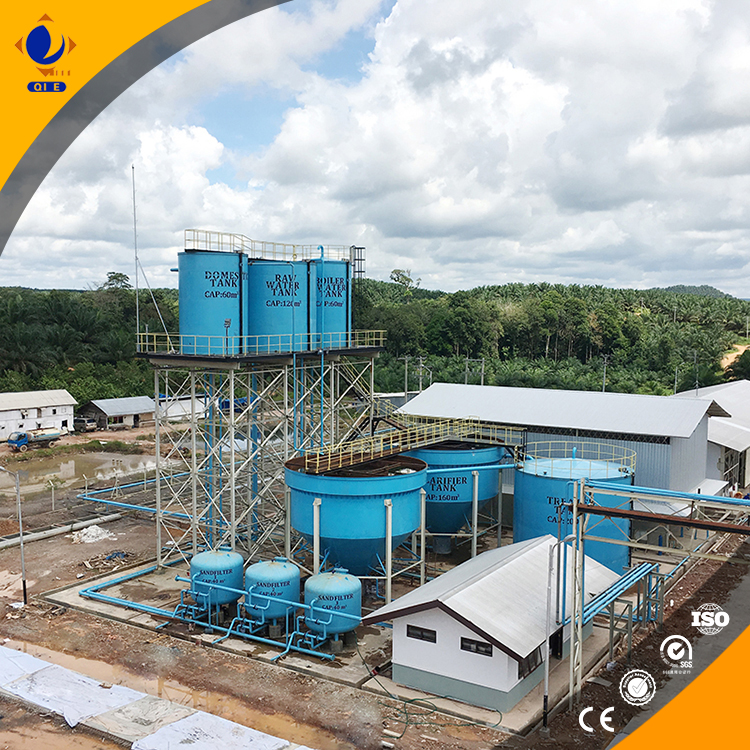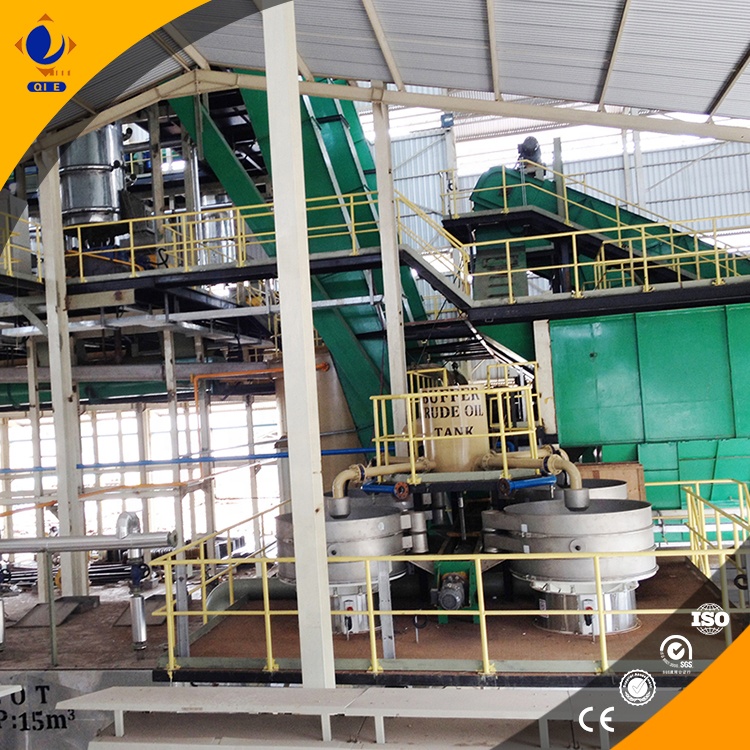
For small and medium-sized grain and oil processing plants, soybean oil refining presents unique operational challenges, especially in controlling emulsification during the neutralization phase. Emulsification not only complicates downstream separation but also escalates energy consumption, directly impacting production efficiency and product quality. This guide systematically deconstructs the four critical refining stages—degumming, neutralization, bleaching, and deodorization—with a focus on optimizing pH control in the neutralization step to minimize emulsification and reduce energy costs.
Degumming is the foundational step in removing phospholipids and other impurities. Insufficient degumming can leave excess gums, which contribute to severe emulsification during neutralization. Precise adjustment of hydration level and temperature is essential here—typically, 2-3% water addition at 60-70°C, with rotor-stator mixing speeds optimized for effective phospholipid hydration and dispersion.
| Parameter | Recommended Range | Impact on Emulsification |
|---|---|---|
| Water Percentage | 2% - 3% | Adequate hydration prevents gum residue |
| Temperature | 60°C - 70°C | Higher temp improves phospholipid dissolution |
| Mixing Speed | 50 - 70 rpm | Prevents formation of gum clusters |
Neutralization aims to remove free fatty acids using alkali agents, typically caustic soda (NaOH). The key to optimizing this step lies in precise pH control. Maintaining the neutralization pH between 6.8 and 7.2 is critical—too high a pH induces excess soap formation, exacerbating emulsion; too low fails to neutralize acids effectively.
A practical approach involves:
Optimizing these parameters can reduce emulsification incidence by up to 30%, leading to easier oil-water separation and lowering energy demand for subsequent centrifugation steps by approximately 15-20%. Additionally, controlling pH minimizes soap stock waste, improving raw material utilization.

Post-neutralization, bleaching removes pigments and trace impurities using activated clays or carbons under vacuum and controlled temperature (typically 100-110°C). Proper equipment selection, like paddle mixers ensuring uniform adsorption, is vital. The deodorization phase vaporizes volatiles at 230-250°C under high vacuum, enhancing flavor and shelf life.
Key equipment considerations:

Modern refining must comply with stringent international environmental standards. Key strategies include:
These practices not only ensure regulatory compliance but also contribute to cost savings by recovering valuable side-products and reducing waste treatment expenses.

Implementing these technical optimizations can elevate your soybean oil refining to a new benchmark—achieving superior product consistency, lower production costs, and eco-friendly operations.

